Nomi Tomo Sake Bar Review ♡
[ADV]
When I walked into the bar I noticed the simplistic decor of the area with it's bamboo finishing on the walls and sake bottles pinned up on it with it's simple explanation about its taste etc. the atmosphere certainly gave off a very relaxing and cool vibe to it, while wooden chairs and tables to finish it off.
I liked how it also gave off this vibe where it's a new place I can gather my friends over for drinks and catch up sessions over a good bottle of sake and snacks!

The sake drinking scene in Kuala Lumpur has changed with the addition of Nomi Tomo Sake Bar to the food and beverage scene in Damansara Heights. Finally, KL-ites and sake lovers have an avenue to enjoy various types of sakes, including some flavoured ones which the fairer sex finds pretty irresistible.
Nomi Tomo, which means “Drinking Buddies” in Japanese, was established in 2015 by four (4) drinking buddies turned partners who first met in Melbourne. However, back in Kuala Lumpur, they discovered that it was pretty difficult to find quality sake hence they decided to open their own sake bar and import in various brands of sake from Japan. Thus Nomi Tomo Sake Bar was born and it is Kuala Lumpur’s very first sake specialty bar, with wide range of sake and some food items to go along with it.
Nomi Tomo is located in Plaza Damansara in Damansara Heights, Kuala Lumpur and occupies two (2) shoplots on the upper floor of the row of shoplots near the Maybank branch. It stays true to the concept of a sake bar, and is an ideal venue for casual get-togethers, after-work drinks, or special occasions such as birthday/ anniversaries or even company events.
The girls from Malaysia’s Hottest Bloggers and I as well as our official photographer Andy Kho and Managing Editor Tim Chew headed over recently to try out this new establishment and their wide range of sakes.

The various sakes available are displayed on the walls with the product info and price detailed beside it
Sake has played a central role in Japanese life and culture for the past 2,000 years, and there are many different varieties of sake, which can be enjoyed either warm or chilled, depending on the season. Sake is a fermented beverage made primarily from rice. It is brewed using a microorganism called koji along with yeast. Sake’s alcohol content varies from 15% to 20%. It takes pristine water to make sake, and brewers take advantage of the various kinds of natural water available in Japan to make only the best.
The oldest writings on Japanese sake can be found in some third-century annals of Chinese history. These records state that the Japanese have a “fondness for sake” and are “in the habit of gathering to drink sake when mourning the dead.” There are also several stories about sake, some mythical, noted in the historical records compiled by the eighth century Japanese imperial court. The Fudoki, an ancient record of provincial history during this era makes reference to sake brewed using mold and provides a unique glimpse into how sake made with rice and koji was once produced.
The tenth century law book entitled Engishiki details ancient sake-making methods used at a time when sake was produced mainly at the imperial court, either to be drunk by the emperor or for ceremonial use. Shinto shrines and Buddhist temples began brewing sake in the 12th to 15th centuries and it is from this period that the techniques for modern day sake brewing was born.
The Japanese sake brewers were so advanced that a pasteurization process dubbed hi-irewas was used in the sake making process long before Louis Pasteur was even born. During this process, pressed sake is heated to 64 degrees Celsius before being stored in containers. The heat kills any bacteria and halts all enzyme activity to bring out a more mature flavor in the sake.
Today, sake makers in different regions of Japan utilize their skills and assets to cultivate new varieties of sake rice and unique types of sake yeast to be used in fermenting sake for the modern era.
These are the different types of sake as detailed by the Japan Sake and Shochu Makers Association.
Ginjo (吟醸)
Ginjo-shu is made with rice grains from which more than 40% of the outer layer has been removed by milling. Fermentation occurs at lower temperatures and takes longer. Distilled alcohol equivalent to up to 10% of the weight of the polished rice may be added.
It has a fruity fragrance, called ginjo-ka, with a light, that is low in acidity. “Light” does not simply mean “mild” or “diluted.” The sake should also have a smooth texture (mouth feel) and a good aftertaste.
The specific characteristics of ginjo-shu vary by brewer, with the more fragrant varieties designed to highlight ginjo-ka and others designed with more emphasis on flavor and less on ginjo-ka.
Daiginjo (大吟醸)
Daiginjo-shu is a form of ginjo-shu made with even more highly polished rice from which at least 50% of the outer layer of the grain has been removed. It has an even more refined taste and stronger ginjo-ka than ginjo-shu.
Junmai, Tokubetsu junmai (純米・特別純米)
Junmai-shu and tokubetsu junmai-shu are made only from rice, koji and water, highlighting the flavor of the rice and koji more than other varieties. There are no requirements regarding polishing ratio. Junmai-shu is typically high in acidity and umami, with relatively little sweetness.
Junmai ginjo (純米吟醸)
Because ginjo brewing techniques are used in making junmai ginjo-shu, the acidity and umami are toned down and there is a clear ginjo-ka.
Junmai daiginjo (純米大吟醸)
Junmai daiginjo-shu is regarded as the highest-grade sake. The best products in this class deliver a good blend of refined taste with acidity and umami.
Honjozo (本醸造)
In honjozo-shu, the emphasis is on flavor and there is little ginjo-ka or aging‐induced aroma. It has a reasonable level of acidity and umami and rather than asserting the aroma and taste of the sake itself, it helps to bring out the taste of food.
There are also other sake varieties are also distinguished by brewing method and to read more about them you can head over to the website – http://www.japansake.or.jp/sake/english/sake-basics/type.html
Now here’s a look at the numerous variants of sake that we had.
Asahi Shizo
Dassai Junmai Daiginjo Migaki Niwari Sanbu
One of the top ranking sake in Japan. The fruity bouquet offers apple, peach and nashi pear. It’s both vivid and sensuous. The initial impression is that of the clean flavour with an aftertaste that combines the sweetness of fruit with a soft mellowness.Dassai “Ni-wari San-bun” junmai daiginjo is the sake that defines Dassai. It is made with rice that has been milled so that only 23% of the original size of the grains remains, this is the highest degree of milling of any sake in the world. Going to this extreme allos the brewers to create a sake like no other, a sake that is the pinacle of refined elegance, subtlety, and delicate flavors and aromas.
Dassai Junmai Daiginjou Migaki Sanwari Kyubu
The top notes are much similar to Dassai Junmai Ginjou 45% but as it strikes the tongue and the palate, layers of fragrances open up. Soft, Sweet scents of Cotton Candy, hints of Banana, Japanese Pears. The mid palate gives a crisp, clean, dry taste. Very smooth, clear and refined sake. Excellent harmony of flavour and scent. Short, clean finish. Excellent overall well balance.
Dassai Junmai Daiginjou
Light, balances, clean and easy drinking, this sake is a star. It’s wonderful for beginners to get into sake and fantastic for others to simply enjoy. There are wonderful fruits on the palate without coming off to sweet. Pours with a clear body iwth strong legs. Aroma is very nice. Quite sweet and fruity with peaches, strawberries, jasmine, ginger and orange blossoms. Taste is sweet, stone fruit, light ginger. Very low level of koji presence. Nice and thick body. Dry Velvety mouthfeel, A pretty awesome Daiginjo.
Dassai Happo Nigori Shu 360ML/720ML
Went into second fermentation process after bottling resulting to this dry Junmai Ginjou base sprakling “Nigori” sake. Very similar to Sparkling Wine, has a rich flavour of sake in the midplate, followed by the delicate, crisp taste and fruity scents of Junmai Ginjo. Very enjoyable, easy to drink and pair with various types of dishes. “Strong bouquet of muscat grapes leads you to expect a sweet desert wine, when in fact the flavour is a light refreshing sake. “(Celler Tracker).
Hamakawa Shoten
Bijoufu Junmai Daiginjo Shizukuhime
Elegant, lively floral aroma even more distinguished when drunk, Sweet entrance followed by good amount of umami and acidity. Clean and crisp dry aftertaste. Excellent to have with marinated dishes, vegetable salad with light sesame oil dressing or olive oil with a little bit of soy sauce mixed with mayonaise.
Bijoufu Junmai Daiginjou Hina
Best quality sake rice “Yamadanishiki” grown from the town of Tojo Cho, Hyogo Prefecture. It has 45% polished to obtain the Daiginjou Category. Well balakced character. The flavour offers an excellent balance of sweetness, acidity, richness and bitterness. A very pleasant, focused, rich finish with touches of nutty, chestnut scents in the background. A well rounded type of sake that one will keep on drinking.
Bijoufu Junmai Ginjo Junrei Tama
A wonderful type of Junmai Shu using Akebono Ric that is polished to 60%. It has a rich umami taste with an excellent balance of acidity and sweetness. Soft feeling with a pleasant, clean aroma in the background. Dry with a comforting kick in the middle. Ends up very smooth retaining its well balance flavour.
Bijoufu Tokubetsu Junmai
A wonderful type of Junmai Shu using Akebono Rice that is polished to 60%. It has a rich umami raste with an excellent balance of acidity and sweetness. Soft feel with a pleasant, clean aroma in the background. Dry mid-palae and ends up very smooth retaining its well balance flavor.
Bijoufu Tokubetsu Honjozo
A new style of Honjouzo sake from Bijoufu created specially for warming and to enjoy drinking it with food. Using Matsuyamami sake rice grown from Matsuyama area, polished to 60%, a standard only applied to a category of Ginjou. It has a pleasing moderate sweetness of the rice used when warmed with layers of floral, soft notes. Soft sweetness first hit the palate followed by a gentle fruits fragrance when serve chilled. Well balanced character and makes a perfect harmony with all types of dishes.
Bijoufu Ginjo Shuwa!
A dazzling, elegant type of Ginjou sparkling sake. Exremely refreshing with herby, fruity notes. Sweet taste for the first sip followed by crisp, clean aroma with dry midpalate. The finish is exceptionally clean. Very impressive type of sparkling sake for any type of celebration. Excellent for appertif.
Bijoufu Yuzu
Sake based Yuzu liquor made from Kouchi grown Yuzu fruit blended with honey. Extremely refreshing taste with the dominant fragrance of Yuzu. Low in alcohol and is ver y easy to drink. Best recommended to serve after meal or just to have a simple drink. While relaxing, can be serve straight on the rocks mixed with warm water or with soda.
Bijoufu Yuzu Shuwa!
Very refreshing taste of Yuzu will greet one’s nose at the start. Followed by zesty, tangy, flavour. Clean, alluring fragrance of the fruits lingers even after you drink it. Very good balance of sweetness of honey and sourness of Yuzu accented by the light savory character of the Sake used. Very addictive one cannot stop by just one glass.
Bijoufu Ponkan
Juicy, high quality Ponkan fruits grown in Kochi Prefecture, the place that is famous for citrus fruits produce. Shochu base with honey. Fresh, pure ingredients with no preservatives. Best to recommend for health conscious and people on a diet. Low alcohol content and excellent to serve on the rocks, with crushed ice, can be mised with vanilla ice cream on the blender like smoothie! Perfect for parties!
Nakao Jozo
Seikyo Junmai Takehara
A well balanced flavour somewhat sweet in the middle but soon fades in the end. This sake has been an old favourite among sake drinkers. Goes along well with various kinds of dishes.
Seikyo Junmai Omachi
Bigger shinpaku or rice core “Omachi Rice” and a softer delicate texture requires technique and extra care when used for brewing. It takes greate care and once perfectly brewed, it results to a very very balanced, unique charactr type of sake. Seikyou Junmai Omachi is the outstanding result of this wonderful Sakamai with a soft taste on the first impression followed by dry mid palate that spreads out sending a good notes of soft floral fragrance. Leaves with a distinctive savory mineraly taste. Clean and crisp. Tasty palate with a good balance of acidity. Best to serve both very chilled or warm.
Seikyo Maboroshi Junmai Ginjo
This Junmaishu was made with lots of care. Using the special method of Kome Kouji making, it was processed paying attention to excellently combining it’s flavour and taste. The brewer used Hattanishiki Rice. It is light and fresh on the first stage, then it will gradually become stronger and a little vigorious in the middle. The tail doesn’t linger for a long time. A very tasty kind of sake which anyone will be going to like.
Seikyo Tokubetsu Honjozo Chokarakushi
This sake has a clear cut taste when served chilled, you could never notice it’s dryness when served warm. This sake is quite full but light in taste and is excellently goes with all types of food. Shinsenbon Rice that is originally from Hiroshima was used for brewing this sake. This rice is quite strong that it could stand the hot temperature of rice milling process. This pure quality of rice is very popular in Hiroshima.
Seikyo Junmai Sparkling
Soft fruity citrusy fragrance like grapefruits, orange peel, Japanese Pear on the first impression. Light refreshing, crisp, grainy, a bit dry in the midpalate. Very distinct umami that fades slowly after the first sip. Very elegant, good looking sake when served in a flute glass and very chilled. Refreshes one’s palate after having some rich food without overpowering the savoriness of the dishes.
Seikyo Maboroshi Daiginjo
Full body flavour. Has a prominent fragrant of apple because the yeast used to produce this sake is made from apple skin. Very easy to drink. The end taste doesn’t linger for a long time so it makes the drinkers want to drink for more.
Seikyo Maboroshi Junmai Daiginjo Black
Won the First Prize at the National Competition in 1948 and was the next three years selected for the Imperial New Year Celebration. Has been brewed since then in the same traditional way by hand. Uses the traditional “Apple Yeast” of the brewery. This unblended sake is the highest peak of the Nakao Sake Brwery. Received the golden medal in the category of Sake of the International Wine Challange in 2007. Is only sold in November each year.
Shindo Shuzoten
Gasanryuu Daiginjo Kisaragi
Total balanced in flavour and aroma. Excellent character. Gentle, setled nose. Soft mouthfeel with light umami in taste. Clear and fresh ending.
Gasanryuu Junmai Daiginjo Fukurodori Gokuzuki
Soft palate, brilliant, glorious fruit bouquet, hints of notes and lemon drops. Well rounded flavour with good balance of sweetness and umami. Distinctive ricey flavour. Crisp and very clean ending.
Gasanryuu Junmai Fuka
Made from Miyamanishiki Rice. Appealing, gorgeous notes of flower bouquet and green. Full body with prominent flavour. Fermented in a very low temperature. Best to serve either chilled, on the rocks or warm to 45 °C
Gasanryuu Honjozo Koka
“Kouka” means “Flower Scent” in English. Has a very nice, lively aroma, elegant, fresh notes of flower boquet, well balanced flavour. International Wine Challenge 2010 winner for Honjouzo category.
Nomi Tomo also serves some food items to go along with the sake.
There are various types of yakitori including:
Ribeye – RM15
Chicken Wings – RM9
Chicken Thigh – RM5
Pork Belly – RM7
Tiger Prawn – RM7
Bacon with enoki – RM6
Okra – RM5
Sirlion – RM13
The potato salad (RM10.00) was a big hit among the girls which was surprising considering that it’s pretty much all carbs. Perhaps they were pretty hungry ha ha!
Plain Salad with Goma Sauce (RM10.00) for girls who are watching their diets. The guys didn’t particularly take to this one.
There are also other dishes such as salads, donburi, chicken meatballs, and edamame to go along with your drinks. Although the menu isn’t very big, the food quality is good and well prepared. Enough to fill up your tummy prior to a drinking session or provide you something to much on while you’re having drinks.
Apart from sake, Nomi Tomo also serves Japanese whisky like Yamazaki, shochu and Japanese beers in case not all your friends are sake drinkers.
The sake introduction and appreciation session at Nomi Tomo really gave me a new perspective towards this drink. BTW Nomi Tomo is also an official importer of many of the sakes above so if you’d like to carry them at your establishment or restaurant you can contact them for more info.
Me and my over cheesed smile. Too happy with the alcohol I am being served lol.
It was such a great night with the girls (and also boys), catching up, laughing and learning about the art of enjoying good sake! Our particular fave was Bijoufu Yuzu the because it was tangy, sweet and so easy to drink we got slightly tipsy after a few rounds! Nevertheless it wasn't something to worry about if you plan your journey home without you being behind the wheel.
On top of that we enjoyed all the skewers and I think four of us girls might've finished 5 to 7 bowls of edamame!
On top of that we enjoyed all the skewers and I think four of us girls might've finished 5 to 7 bowls of edamame!
Nomi Tomo is located at:
3rd Floor, 2-2 & 4-2 Jalan Medan Setia 2,
Bukit Damansara,
50470 Kuala Lumpur,
Malaysia.
Telephone: 03-2011 2839
Website: http://nomi.com.my/
Facebook: https://www.facebook.com/pg/nomitomokl/
Instagram: https://www.instagram.com/nomitomokl/
Email: reservations@nomi.com.my
Operating Hours: 6.30pm to 2.00am from Mondays to Saturdays
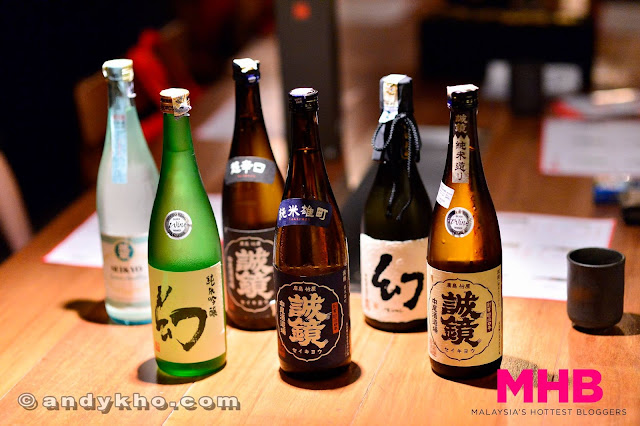
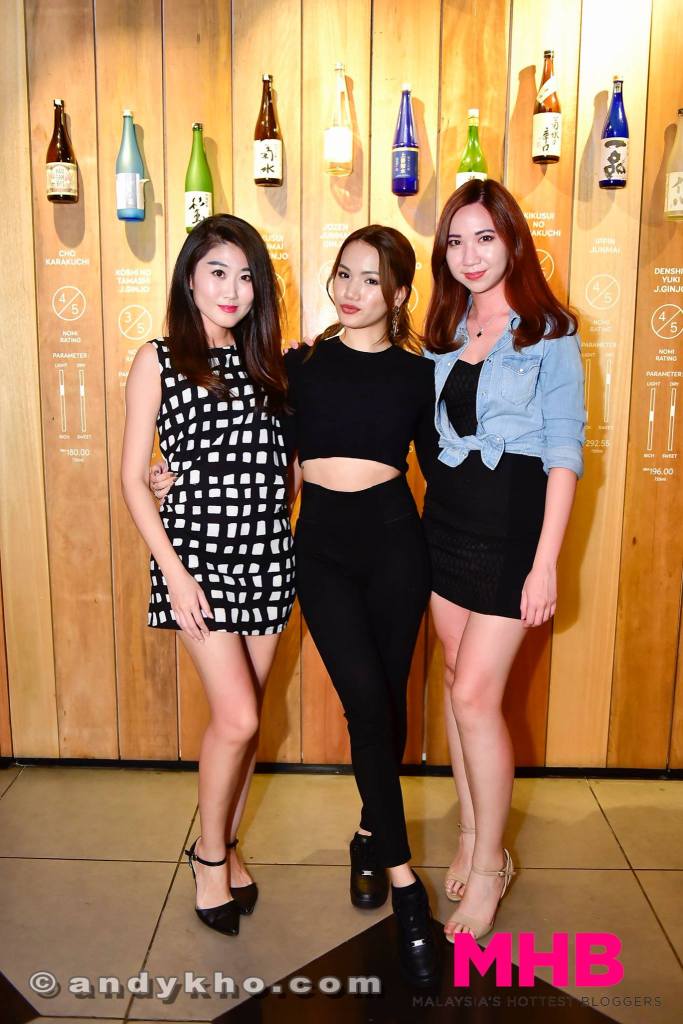


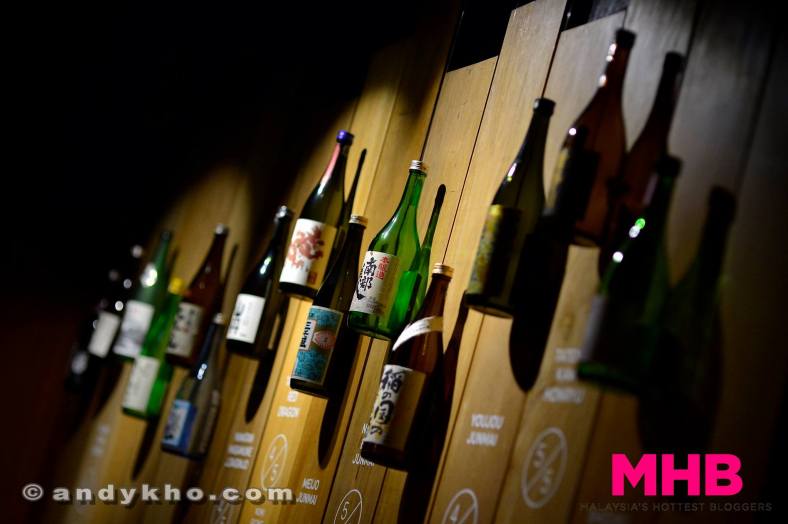

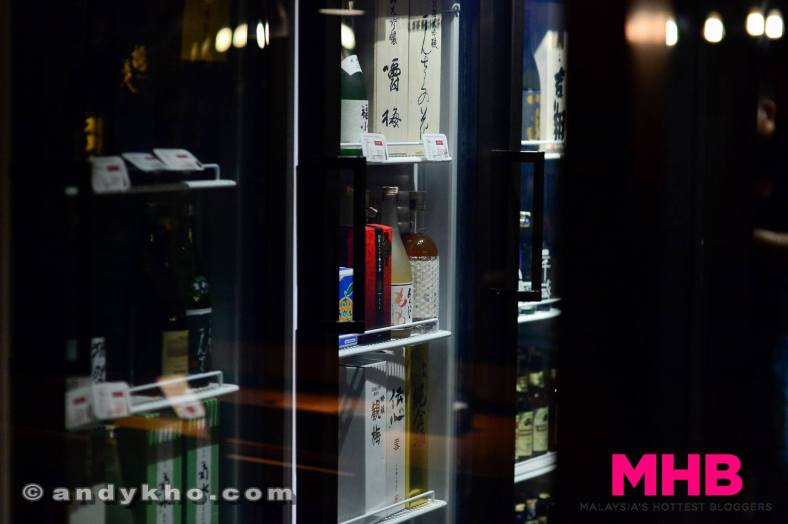

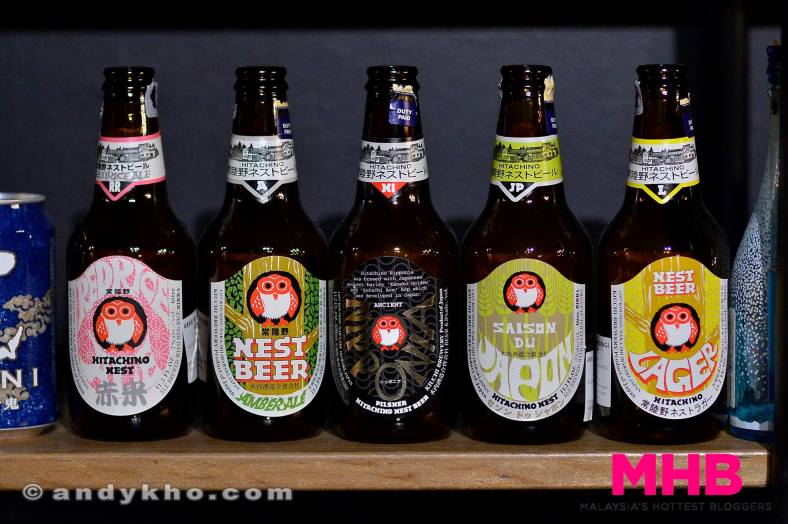
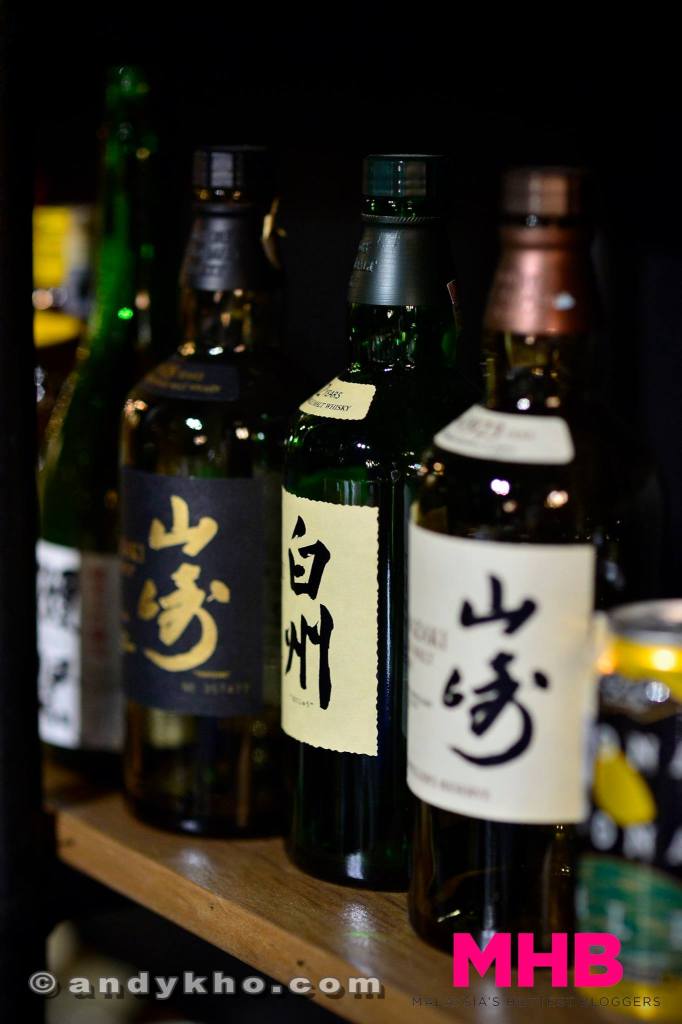
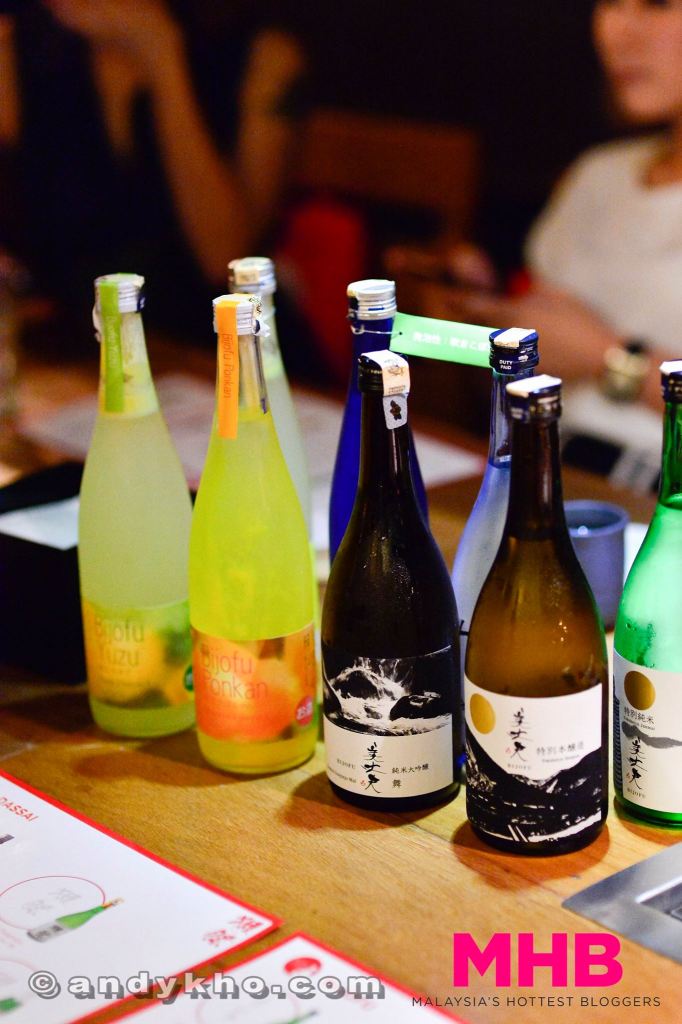




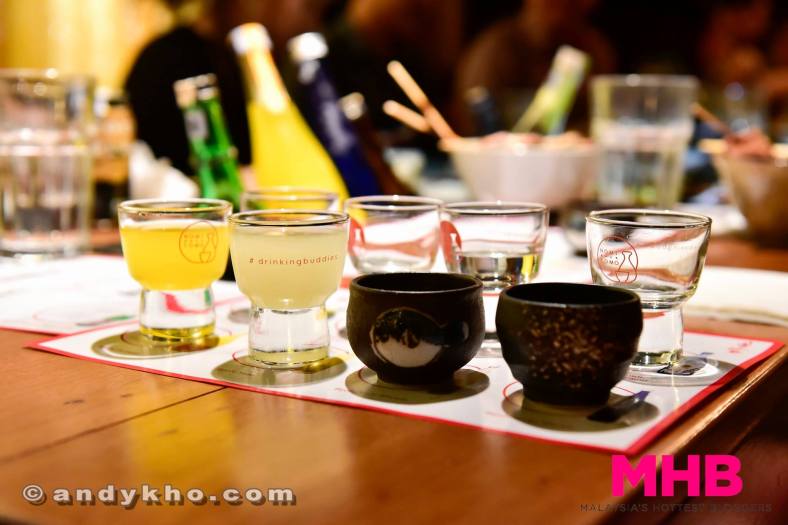
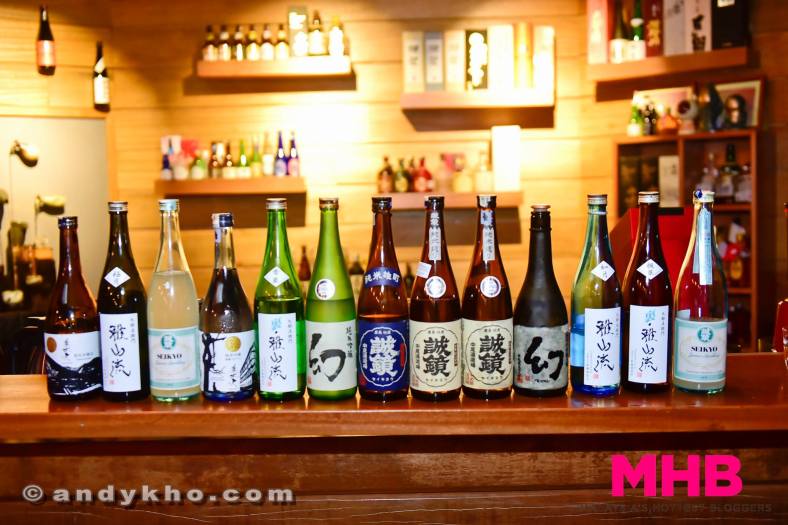


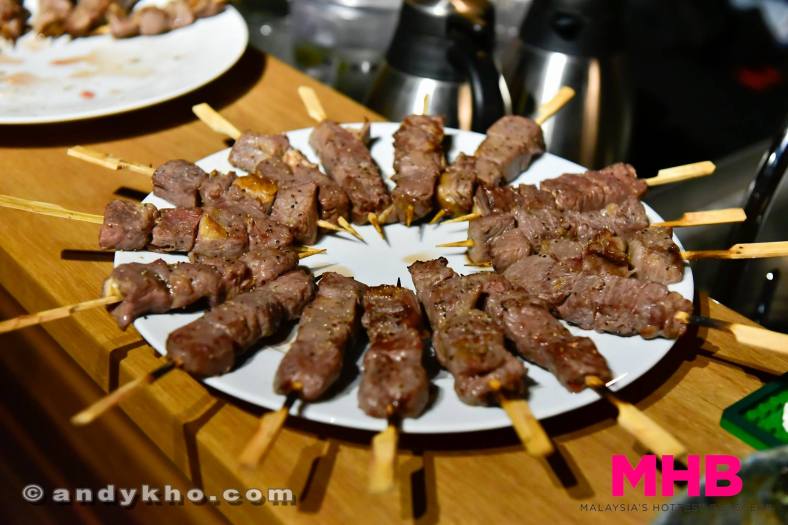


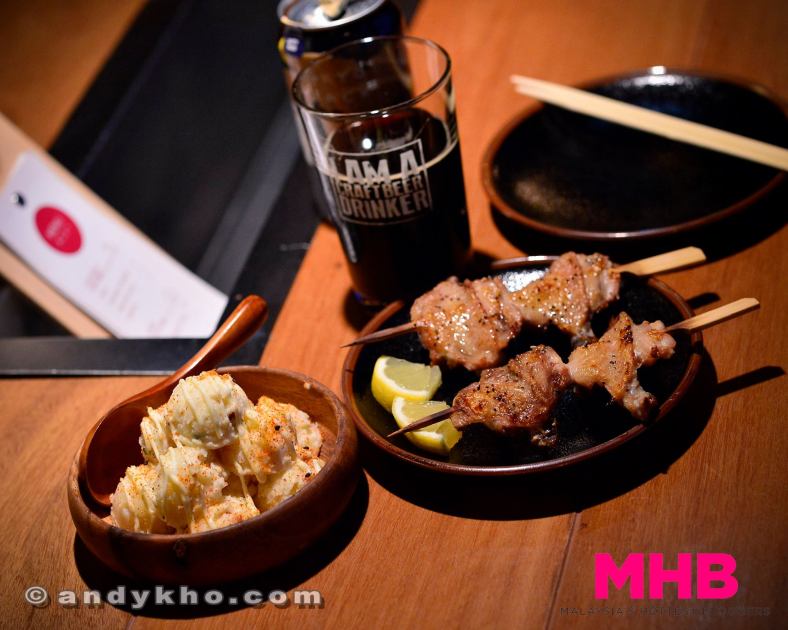


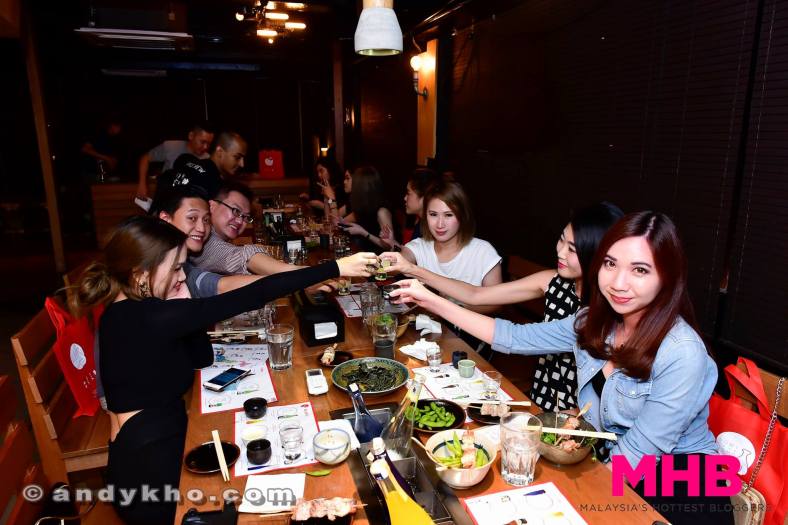



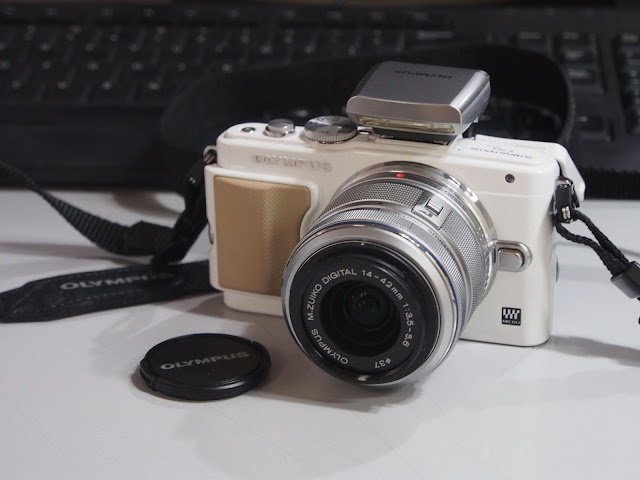


Comments
Eni
Eniwhere Fashion
Eniwhere Fashion Facebook